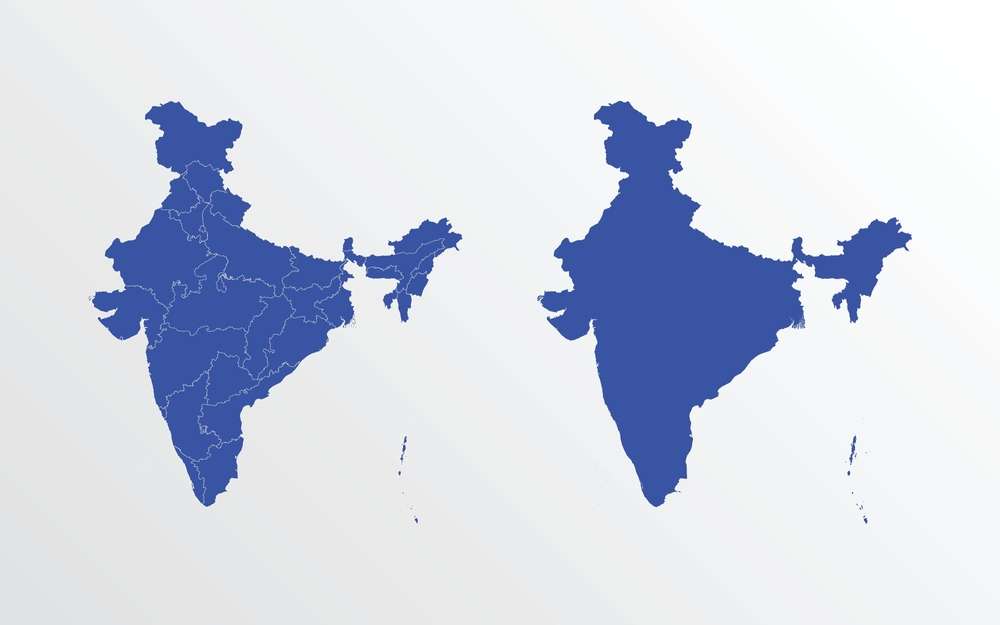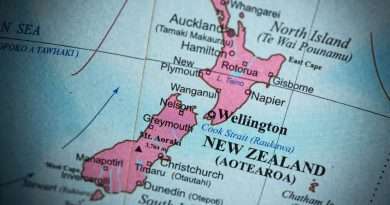The Linguistic Diversity that Defines India’s Cultural Harmony
India is a linguistic kaleidoscope, boasting an incredible diversity of languages that reflect the country’s rich cultural tapestry. With over 1.3 billion people and 28 states, India is home to an astonishing 22 officially recognized languages and hundreds of dialects. Each language represents a unique cultural identity, with its distinctive script, vocabulary, and phonetics. In this article, we explore the linguistic diversity of India, its historical significance, and the efforts to preserve and promote these invaluable languages.
The Two Major Language Families: Indo-Aryan and Dravidian
Indian languages can be broadly categorized into two major language families: Indo-Aryan and Dravidian. Indo-Aryan languages, such as Hindi, Bengali, Marathi, and Gujarati, are predominant in the northern, western, and eastern regions of India. These languages evolved from Sanskrit and share many common features, making it easier for speakers of one Indo-Aryan language to understand others within the family. On the other hand, Dravidian languages, including Tamil, Telugu, Kannada, and Malayalam, are predominantly spoken in South India. These languages have an independent origin and boast a unique script and phonetic system, distinct from the Indo-Aryan family.
The Official Languages of India
India’s linguistic diversity is officially recognized and protected by the Indian constitution. The Eighth Schedule of the Constitution recognizes 22 languages as scheduled languages, granting them official status at the national level. These languages include Hindi, Bengali, Marathi, Telugu, Tamil, Gujarati, Kannada, and more. Hindi, written in the Devanagari script, is the official language of the Indian government and is spoken by a significant portion of the population. However, English is also used extensively for official and administrative purposes, particularly in higher education and the legal system.
Regional Languages and Dialects
Apart from the scheduled languages, India is home to numerous regional languages and dialects, adding further depth to its linguistic diversity. Each state has its official language, and within states, different regions often have their distinct languages or variations of the official language. For example, in Kerala, Malayalam is the official language, but various regions within the state have their unique dialects. Similarly, in Maharashtra, Marathi is the official language, but the Konkan region has its Konkani dialect.
INDIAN VISA FOR SPORTS ACTIVITIES
Preservation Efforts and Language Revival
The linguistic diversity of India is a valuable cultural asset, but many indigenous languages are facing the risk of extinction. To address this, various organizations and government initiatives are working towards preserving and promoting these endangered languages. Efforts include setting up language schools, creating dictionaries, and encouraging literature and media in regional languages. The revitalization of traditional art forms and cultural practices also plays a role in promoting language and heritage.
The Cultural Significance of Language
Languages in India are more than just a means of communication; they are an integral part of the country’s cultural identity and social fabric. Each language carries a wealth of folklore, literature, poetry, and historical narratives, contributing to the rich tapestry of Indian heritage. Language is a powerful tool for cultural expression and a means to pass down traditional knowledge and wisdom from one generation to another. The preservation of languages is vital in maintaining India’s pluralistic identity and fostering a sense of belonging among diverse linguistic communities.
Conclusion
India’s linguistic diversity is a testament to its multicultural ethos and the richness of its cultural heritage. With a plethora of languages and dialects, India stands as a linguistic kaleidoscope, where each language represents a unique cultural identity and adds to the vibrancy of the nation. As India progresses into the digital age, preserving and promoting its languages becomes all the more crucial. Embracing linguistic diversity fosters inclusivity and strengthens the fabric of a united nation. Through collective efforts, India can ensure that its linguistic kaleidoscope remains a symbol of pride, unity, and cultural richness for generations to come.
Read more: A Journey Through India’s Architectural and Artistic Heritage



